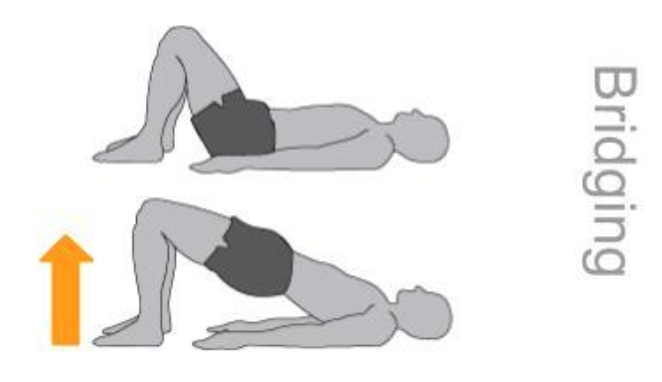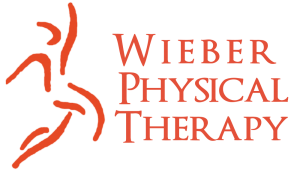
By Megan Westling, DPT, OCS, RYT
Having a strong core is so important to healthy hips. “Core” is broad term for the muscles of our trunk. You can also think of them as the muscles that connect our upper and lower limbs. If the core has weakness or instability, there is more demand going into the joints of our lower limbs (our legs). Over time if we don’t have our muscles supporting us, our leg joints (think hip, knee and ankle) are overused and eventually may become symptomatic. Regardless of our bony structure it is our muscles that can best support and protect our joints. By strengthening our weaker muscle groups we have a better chance of avoiding invasive medical interventions such as injections or surgeries if we ever have pain.
So now let’s dive deeper into what kind of hip pain we’re talking about. First let’s discuss how the hip joint works. It is a ball and socket joint, meaning that our upper leg bone, the femur, is the “ball” which sits in the pelvic “socket”. Muscles, ligaments, and other soft tissue structures like the hip capsule support and affect how the ball moves in the socket. Often times, hip pain is a “pinching” in the front of the hip that can radiate to the buttocks or thigh. This pinching is also known as impingement and can happen when a muscle imbalance shifts the femur forward in its socket. Strengthening has been shown to be effective treatment for hip impingement because it keeps the femur centralized in the socket and takes pressure off the structures that are getting jammed or pinched. This is especially important because this pinching can lead to other types of hip pain such as arthritis or labral tears. So why not move and strengthen to avoid these diagnoses?
In the last 7 years the number of surgeries for hip impingement has increased by over 2500%. That is a VERY large number and indicates we aren’t using therapy as best we could for these patients. So please be an advocate for yourself and if you are having some hip pain try these strength exercises and come on in for some therapy to get back to moving well.
Here are a couple of ideas of home strength exercises to try:
1. Bridging
Lie on your back with your knees bent, feet shoulder-width distance apart. With control, engage your butt muscles and lift your hips up. Using your breath, move your hips up and down. If this is easy, start to shift your weight to put more and more weight on one leg to challenge one side. Try 10-15 reps on each side.

2. Hip extension on hands and knees
Start on your hands and knees. Keeping your back flat with your hips squared to the floor, lift one leg up. Bend your knee on the lifted leg. Slowly lower and lift, keeping you back as flat as possible. Repeat this leg lift x 10-15 on both sides.

3. Single leg stance
Stand near a counter if you feel imbalanced. Lift one leg up, working to keep hips level and hold this stance x 30 sec. Add a gentle weight shift forward with your torso hinging from your hips if you’re looking for more of a challenge.

If you need additional professional help or advice, schedule an appointment with us by calling (507) 333-2986

Leave a Reply
You must be logged in to post a comment.